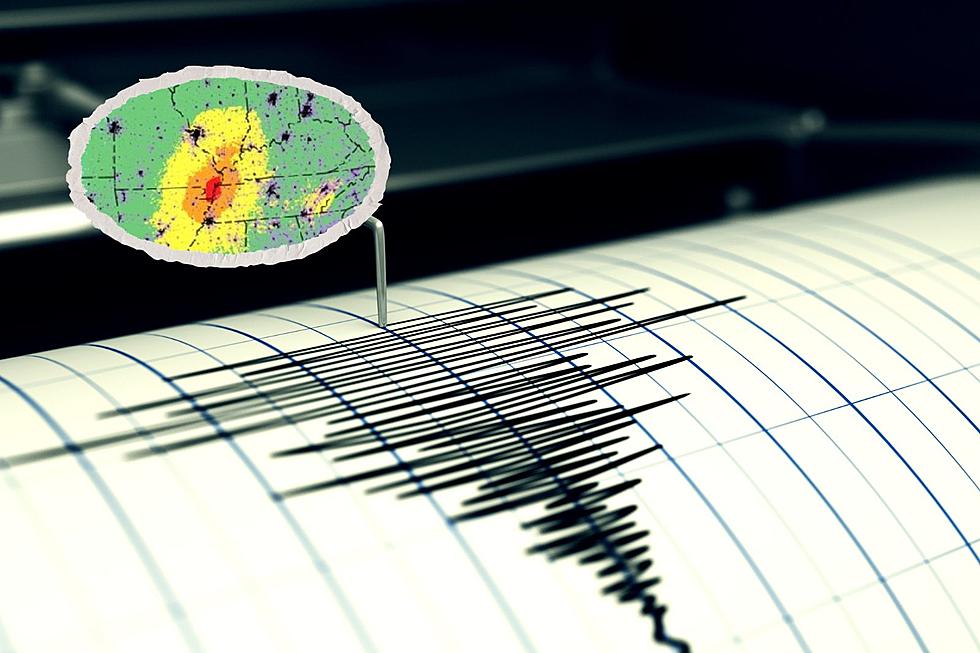
New Survey Details Sobering Assessment of KY, IN, TN Earthquake Threat
Back in the early 70s, I was playing in the front yard, and I felt the earth move under my feet. I did not, however, feel the sky come tumbling down.
Sure enough, we'd experienced an earthquake. I don't recall reports of heavy damage, but I was a child who didn't pay attention to the news, and it was decades before news was at our fingertips. Anyway, THAT was the last earthquake I felt. I realize there was one a little over a decade ago at, like, 5 AM or something. I learned about it at work because it did not wake me, and apparently it was at least enough to wake someone up. Not me, though. Heavy sleeper.
New Map Reinforces Earthquake Threat for KY, IN, and TN
Unfortunately, I don't think I could sleep heavily enough to miss the kind of quake that the United States Geological Survey expects will hit our area sometime within the next 100 years. The agency has released a new map detailing the areas of greatest concern with regard to seismic activity.
Yes, the good old New Madrid Fault would be the culprit in the Midwest...also the Ohio Valley, Mississippi Valley, and beyond. In other words, OUR culprit. Anyone in an area that would be affected by a New Madrid quake likely learned about this fault line in grade school. Us kids didn't get nervous until they told us how difficult it is to predict such things.
The Big New Madrid Quakes of 1811 and 1812
Back in the early part of the 19th century, New Madrid had its big coming-out party with multiple quakes that measured between 7.2 and 8.2 on the Richter scale. Here's a simulation of a 7.7 tremor for comparison:
Pretty chilling, if you ask me. So why now? Why did the USGS release this new map and survey?
Well, first of all, USGS is not predicting quakes, but it did discover nearly 500 more faults that could produce some damage. And USA Today points out an obvious reason:
Serving as the latest seismic hazard model since 2018, the map and accompanying study are meant to provide crucial insights for architects, engineers and policymakers as they design and construct buildings.
Back in 1990, the late Iben Browning predicted we had a 50/50 chance of getting the "big one" from New Madrid on or around December 3rd. It never came to pass. Again, they're hard to predict.
But it's always good to know what we're sitting on, and it's important we know that this grim possibility is always with us.
LOOK: 20 of the strangest natural phenomena in America
Gallery Credit: Martha Sandoval
LOOK: The most expensive weather and climate disasters in recent decades
Gallery Credit: KATELYN LEBOFF




